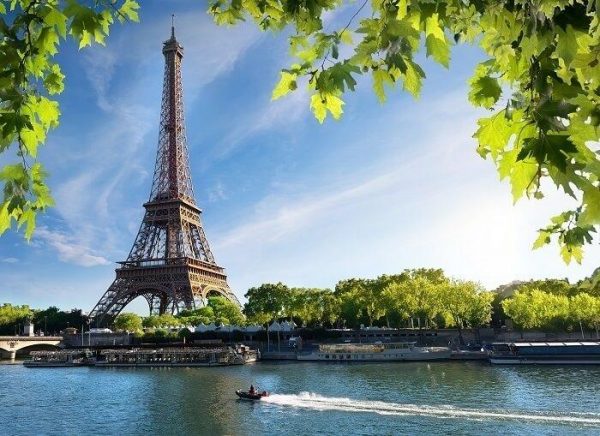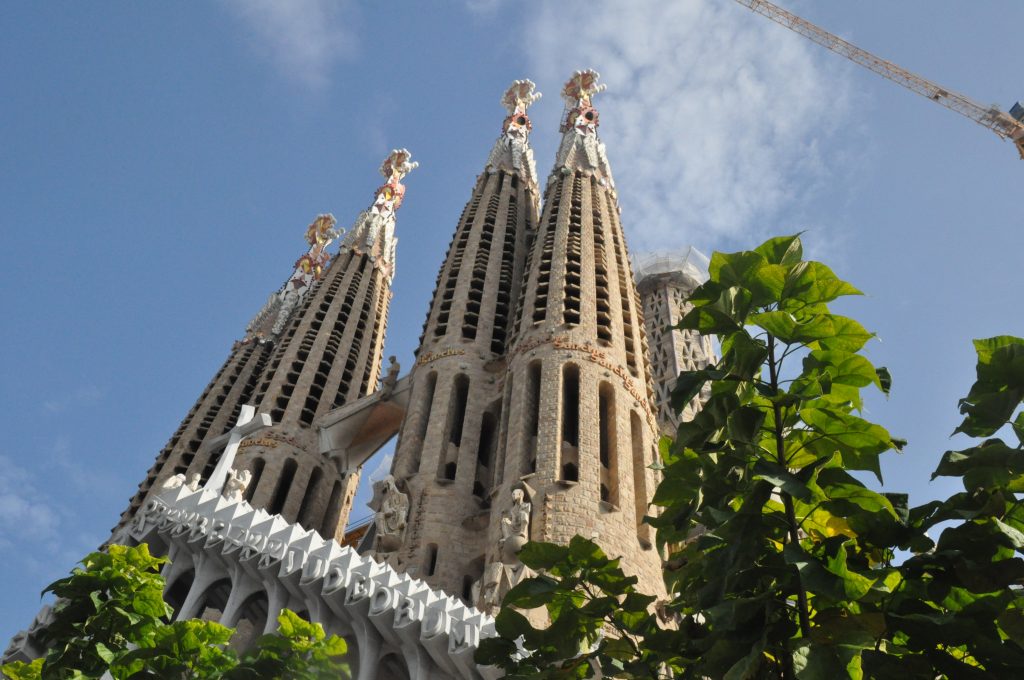ANOTHER PHILADELPHIA STORY
There were lots of kind words when I launched this web site: “I love the photos!” “Wow, you’ve covered some interesting subjects in your stories.” “Interesting perspective on Barcelona – I tend to agree.”
But what truly struck me were the words from a long-time cheesesteak afficionado who wondered why my long-delayed website, something so personal, would have nothing reflecting my love of the Phillies. Of the Eagles. And of the Philadelphia itself that in many ways I still associate with.
I began wondering about that myself, which in turn brought back many memories. Such as taking the train from Hatboro to Reading Terminal as a young teen to meet my grandmother at Wanamaker’s and then have lunch at Horn & Hardart. Or rising early one day every summer for the drive to 30th Street Station to catch the train to summer camp in the Berkshires.
Then there were the sports-related adventures – riding the bus and subway with my older brother to Broad and Lehigh, then walking the seven blocks to 21st Street and Shibe Park to revel in Sunday doubleheaders. Or getting there early to grab front-row seats at the Palestra for another doubleheader, this one a college basketball version – perhaps LaSalle vs. Notre Dame in the opener, followed by a Penn-Temple Big Five battle. The Palestra, which has the honor of being the oldest major college arena still in use today, made it easy to follow college basketball.
The Eagles were a bit harder to follow. It took more attention to follow them, though the first time I ever watched something on color TV was the 17-13 victory over the Green Bay Packers for the 1960 NFL championship. This viewing breakthrough took place at the Horsham residence of Max Hankin, a longtime friend of my Dad (and the same Max Hankin – of Hankin, Hankin, and Shanken fame – who a few years later asked my physician father to take a look at his under-the-weather house guest, Perry Como, who was in town for some sort of golf tournament).

Shibe Park

The Palestra
As for that NFL championship, Dad was particularly thrilled with the triumphant play of Hall-of-Famer Chuck Bednarik, who shared his University of Pennsylvania roots. (My brother was already at Penn himself then and my younger daughter would eventually go, and while I personally had no desire to go to college in the city, I always remind them that Penn – with such a legacy going for myself — was my safety school,)
The lights would dim a bit on our Eagles fervor, if you’re wondering, when Dad and I could only make it through the first two quarters of a regular season game the next year at Franklin Field (also on the campus of his alma mater – and my brother’s and younger daughter’s, as well – Penn). I’d like to think the windchill factor was about 5 degrees, and there wasn’t enough hot chocolate in the city to keep us in our seats. Watching the Eagles’ future December games at home, we decided, was much more enjoyable. Even for the next few years when our viewing was still in black and white.
It was disappointing not being on hand for any more Eagles home games, but nowhere near the ultimate disappointment that I (and all Philadelphians, for that matter) encountered in the fall (literally!!) of 1964. At the time, I was a member of the sports staff of the St. Petersburg (now Tampa Bay) Times, whose coverage area included Clearwater, the spring training home of the Phillies.
And the Phillies, it appeared, were headed for the World Series. The Times would traditionally rely on wire reports for its coverage, but my boss agreed to obtain World Series press credentials for me for all games in Philadelphia. But in 1964 there would be none, “thanks” to a 10-game losing streak that started when the team had a 6 ½-game lead with only 12 games remaining. It was an epic collapse that, by one account, “would etch itself deep in the city’s historical psyche.”
While Clearwater was the spring training home of the Phillies, St. Petersburg and its Al Lang Field were home to the Saints, a Los Angeles Dodgers’ farm team. That combination figured in one more Philadelphia-related experience that centered on a tryout camp hosted by the Dodgers. “Sports staffer Dave Orman,” noted the Times the next day in its coverage, “saw the potential for a first-person account. Orman, a high-school shortstop, had no real hopes of raising any Dodger eyebrows. His longtime loyalty to the Phillies reveals the fact that he wouldn’t have signed a contract anyway.”
“Raising any Dodger eyebrows” was certainly an overstatement for the little I displayed during a 4-hour session under a broiling Florida sun. A mild case of sunstroke, in fact, kept me from going to work that evening. But looking back on that, uh, “display,” one might have suspected that the thought of then-Phillies GM John Quinn seeing me in an LA uniform haunted me throughout the day.
As I concluded in that report, “Luckily, the Dodgers didn’t offer me a contract. What would I have told John Quinn?”
Another memory involves the decision of the Philadelphia Inquirer’s sports department to publish the article I wrote sitting at my Army worksite in Paris at a U.S. Army work location while listening to a Phillies broadcast on Armed Forces radio. I was working a Counterintelligence beat and, for a long time, the Army wasn’t going out of its way to let people know where I was. So I used a pen name for the article. Maybe the same “Dave Allen” – my first and middle names – that I used to write a few things for a neighborhood London newspaper during the 15 months I would later spend there.
Approaching 50 years as a West Coast resident, I now get back to Philadelphia at least once a year, maybe twice. I visit my brother and sister in Center City, but generally it’s an add-on to spend time with my daughter, her husband, and my three grandsons in the suburbs north of New York. When I am in the city, however, it’s great to get to a Phillies game, where – in the face of all nutritional advice to the contrary — you know there’s a cheesesteak or two involved.








